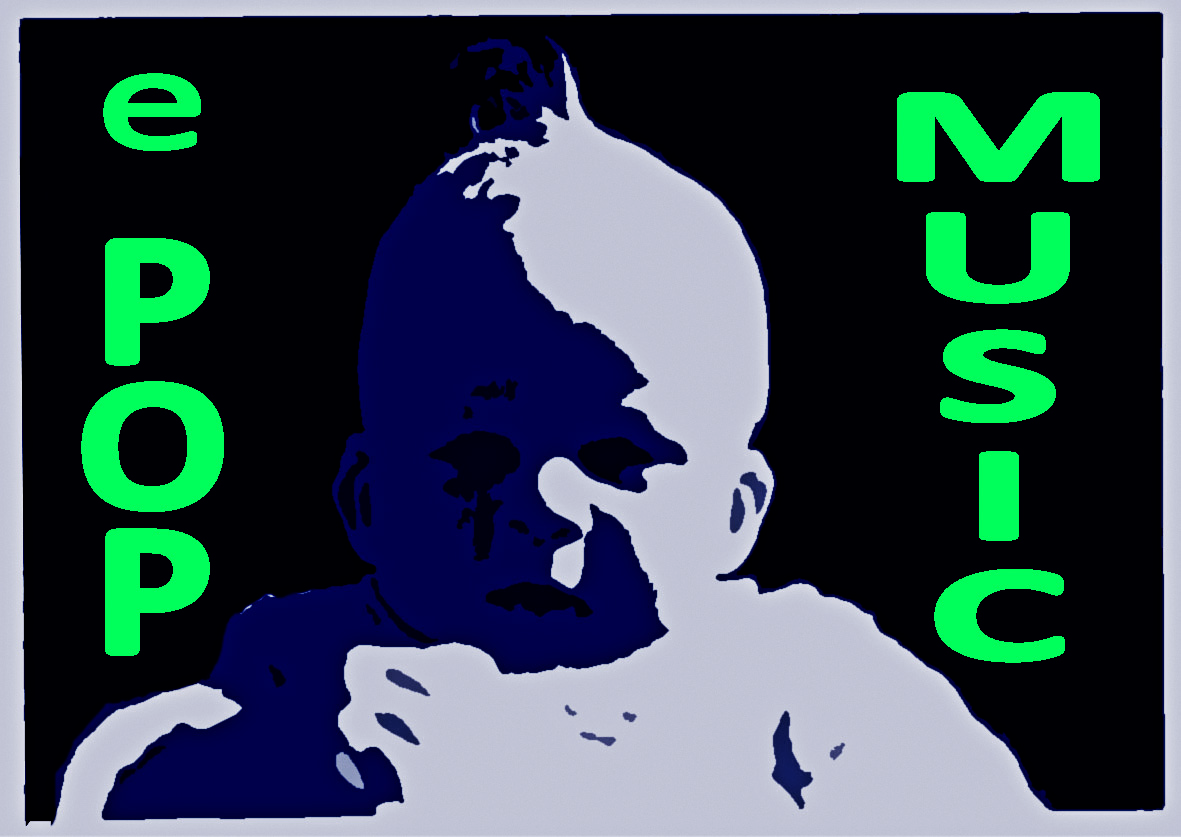NO MAN IS AN ISLAND

‘No man is an island’ is a metaphor that arose in 1624 from the pen of the English poet and cleric John Donne (1572-1631) in his book ‘Meditation 17’, in a poem which observes that “..every man is a piece of the Continent, a part of the main…“. Such an observation can be seen as an early expression of Charles Darwin's (1809-1882) "Theory of evolution" and its compelling depiction of an entangled bank next to a river where countless forms of plant and animal life thrive in a web of interdependance, a portrayal that seems to apply to all earthly pursuits.
..
NO ART GENRE IS AN ISLAND

Just as any new technology builds on previous ones, so any art genre draws on earlier artistic expressions. In painting, members of the Renaissance, Romanticism and Realism art schools such as El Greco, Francisco Goya, William Turner and Gustave Courbet laid the stones for subsequent genres such as Impressionism (~1850s-1900s) and Expressionism (~1890s-1940s).
..
NO MUSIC GENRE IS AN ISLAND

The same goes for music genres. The 1960s' British Beat owes to the 50s' US rock. Reggae took shape in the 60s as a subgenre of Rocksteady, which itself had developped as the Jamaican expression of American RnB. The Congolese rumba of the second half of the 20th Century was inspired by Cuban rumba, which itself was built on the heritage of Congolese sounds exported by 18th century slavery:
- Buddy Holly (1957, rockabilly)
- Desmond Dekker (1969, Jamaica rocksteady)
- Akiko Yano (1977, Japanese progressive rock)
- Papa Wemba (1991, Congolese rumba)
- PJ Harvey (1995, UK alternative rock)
The fact that musical genres are interconnected and entangled is a fatality, fusions know no limit and no music is an island. Thus, the future cannot be written as to the persistent or temporary shine of music genres. And as for ‘.. the agonizing reality of life that all beauty decays in time..’ (ref. cf David Bowie 1993 interview), it simply reflects the fact that 'beauty lies in the eyes of the beholder' and that all eye is doomed to tire over time.
..
FOR WHICH SONG THE BELL TOLLS

"For whom the bell tolls" is another metaphor from John Donne's 'Meditation 17' poem. In music, the fate of a song stems from inherent viral reproductive power, potential for metamorphosis, connection and chance. The four examples above provide uplifting illustrations thereof :
- 'O Sarracino' (1957 Renato Carosone) as covered by Franco Ricciardi in 2009 and Gigi D’Alessio in 2015
- 'All along the watchtower' (1967 Bob Dylan) as covered by Jimi Hendrix in 1968
- 'Where have all the flowers gone' (1960 Pete Seeger) as covered by Marlene Dietrich in 1963 and The Savage Rose in 1995
- 'La petite fille du 3ème' (1971 Christophe) as covered by Jeanne Added & Christophe in 2019




